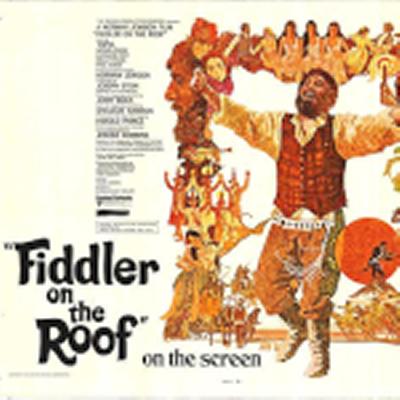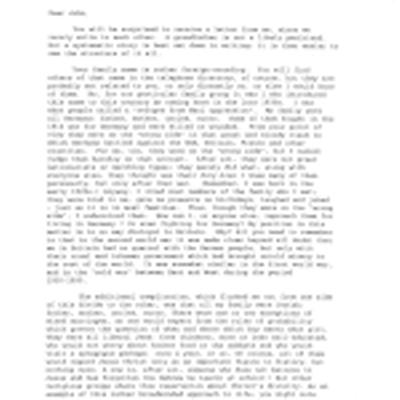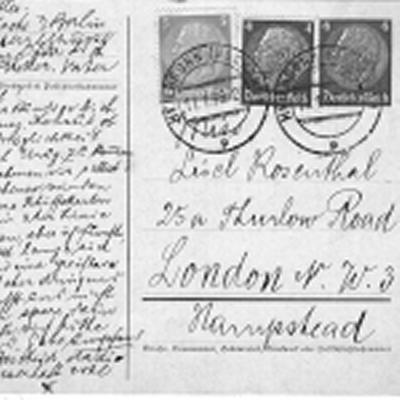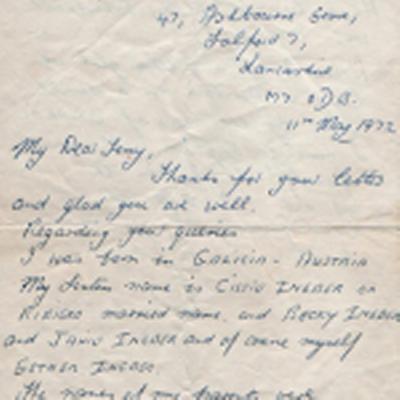In this section, you will find a variety of primary sources, discussed, edited and curated by the Parkes Institute's researchers. These all relate to the Institute's work, and are available to all users of this site.
This will be updated with new material when and as available, so do check for updates, which will also be announced on our Twitter account.
Film as a Source: Fiddler on the Roof.

...“Tradition!” he thunders, and we’re there, as if silently reassuring him that, despite the threats that assail his shtetl (wayward daughters; poverty; pogroms; fascism), we’ve not forgotten the old world, the old ways. Which is why this movie functions so effectively as a screen memory. In screening history, it also screens history from us... [READ ON]
Source: Odessa, Jews in the Bund and 1905 pogroms.

This image from Odessa (Ukrainian: Odesa) shows many Jewish victims of the violent pogrom wave that broke out after the promulgation of the 17 October Manifesto in 1905. The issuing of this document led to a counter-revolutionary response from what supporters saw as Russia’s true patriots and others evidenced as violent hooligan elements... [READ MORE]
Family letters as a source I: From grandfather to grandson.

...Becoming “a Britisher”, as he puts it, seemed easy at first; it was only when he realized how German his accent in the English language sounded (and that people kept asking him “where he came from”) that he decided to write –for himself no less than for John –about the specific questions of identity and belonging that characterized the mind-sets of thousands of German Jews who had arrived in Britain as refugees... [READ ON]
Comedy as a Source: Lenny Bruce’s “Jewish vs Goyish.”

The menacing “Jewish question” that would ultimately lead Jews to the horror of the “Final Solution”, was also a spur for Jews to lay claim to their own identifications. A famous one is the stand-up routine Lenny Bruce used to perform when playing to his home crowd in New York: “Jewish vs. goyish”... [READ ON]
Family letters as a source II: Father and daughter discuss emigration.

This postcard is part of a private correspondence which Liesel –by then Mrs. Alice Schwab –has put in boxes and stored away sometime in 1948. Her daughter, Baroness and Rabbi Julia Neuberger, opened the boxes in 2012, and together we started reading...
[READ ON]
Family letters as a source III: The lives and memories of East European migrants.

...The documents are thus interesting in three respects. First, they reveal an interest in roots from both second generation East European origin Jews in Britain (my cheder teachers) and from the third generation (myself and others in my year on the verge of our barmitzvahs/batmitzvahs)...
[READ ON]
Source: James Parkes Responds to the Holocaust, 1943

This is a remarkable document both in content and tone (the capitalisation and underlining reflect the moral energy and anger with which Parkes typed it out). The article was never published for reasons that can only be speculated about...
[READ ON]